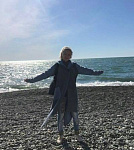A wallpaper is the most conventional wall decoration solution. It can be inexpensive and easy to apply. Even a complete novice in house repairs will be able to stick wallpaper by themselves. On the other hand, a wallpaper is not always the best choice. In Cyprus, wallpaper is often avoided for several reasons. If you want to learn why wallpaper is not popular on the island and what to replace it with - continue reading this article.
Obvious and non-obvious disadvantages of wallpaper
Wallpaper can be chosen for every taste, color and purse. The variety of options is astounding, and ther is also a possibility of printing a picture to order. They are easy to glue and just as easy to remove.

Regardless the plethora of pluses wallpaper has a number of negative qualities that should be considered before using it for home decoration:
- They are not resistant to high humidity. In Cyprus the humidity is actually higher than on the mainland. Moisture provokes premature detachment of wallpaper from the walls and the appearance of fungus on them, which is sometimes impossible to remove. A particular risk lies in mold, which grows on the back side of the wallpaper, that is, between them and the wall. Therefore, many residents of Cyprus refuse wallpaper in principle.
- They get dirty quickly but are difficult to clean. Some types of wallpaper are not washed at all or washed conditionally, so they sooner or later accumulate stains, streaks and streaks, other unsightly features. Wallpaper is not immune to scratching and scratching, which rather quickly gives them an unkempt appearance. Textured wallpaper quickly accumulate dust in the folds of the relief, and to remove it from there even with a vacuum cleaner it is very, very difficult.
- Impractical in families with small children and pets. Here everything is simple: children draw on the wallpaper, and animals can scratch the coating, turning it into rags. If this kind of "interior design" is not to your liking, it is better to abandon wallpaper altogether.
- They accumulate unpleasant odors. This applies not only to paper, but also to all other types. Therefore, in the kitchen or in apartments where people smoke, wallpaper is most often refused.
- Difficult in minor repairs. Very often to glue a torn corner unnoticeably can not be. The same applies to scratches, scuffs and other "accidents" that are difficult to hide. Here it all depends on the pattern and the type of wallpaper itself.
- Require equalization of walls and corners. Of course, the same tile requires this even more, but paint, for example, will forgive any errors. But the wallpaper often "reveal" flaws in the rough finish and force to carry out before gluing additional repair work.
- Can burn out. This applies not only to paper types, but paper and natural textiles are more susceptible to burnout than anything else. This is especially noticeable in rooms where the sun "looks" most of the day. Sometimes the problem appears only on one wall, which looks rather ugly compared to other walls.
- Can be toxic, especially in hot seasons. This comment applies to PVC wallpaper in the first place - inexpensive options can emit toxic fumes when heated. If we take into account that most of the year in Cyprus is warm and even hot, then it is worth refusing vinyl wallpaper at all.
Of course, for someone all these disadvantages will seem insignificant. But, if you don't like wallpaper or one of the above reasons is a big one for you, then here are 6 alternatives.
Wall paint
The simplest and most versatile option. It combines perfectly with other finishes, is suitable for all types of rooms and has an incredible variety of shades. Very useful for those who are puzzled by perfectly calibrated coloristics and plan to create a complex color scheme in the room.
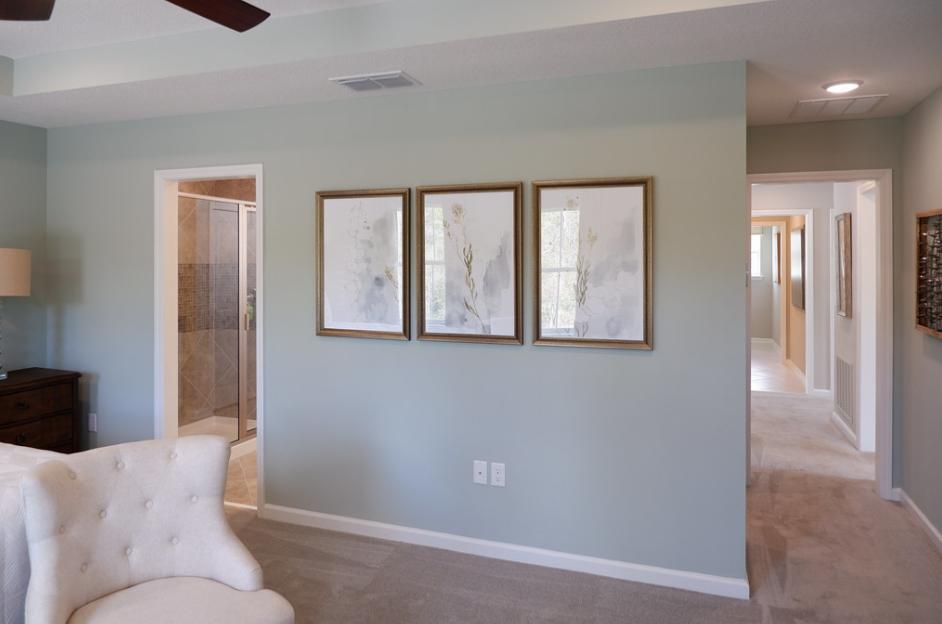
Paint is good that it does not require special skills of application. Repair can be done by yourself, with the involvement of the housemates - including children. This does not require any complex specialized tools nor equipment. Modern paint for interior decoration is non-toxic, odorless and as environmentally friendly as possible. Painted walls are easy to wash or repair, in extreme cases - slightly update the paint layer on some areas, and it will not be noticeable. If mold appears - it is easy to remove it with detergents, and the coating will not cause any damage.
Liquid wallpaper
An alternative to conventional paint, it is good in that it can have some texture. Similarly, it does not require special knowledge, devices and skills for application. And liquid wallpaper can also be used for the ceiling, and even for painting furniture!
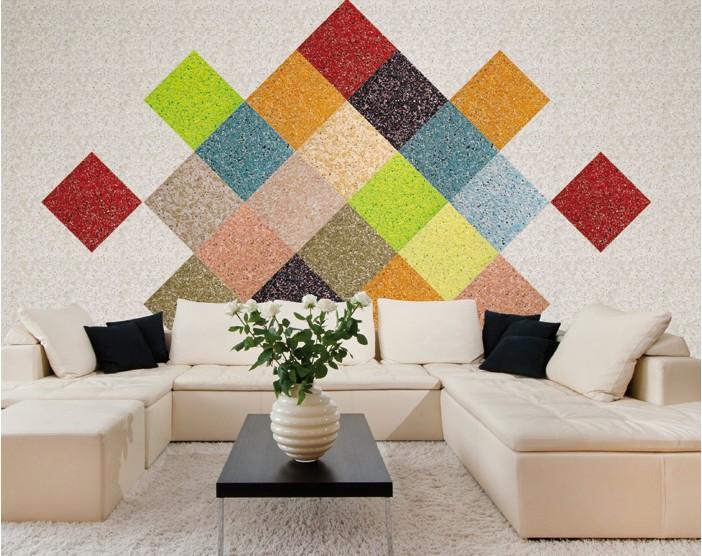
This material is environmentally friendly and safe - in the composition of only natural components. Interestingly, many manufacturers add antifungal substances, which is an additional plus for wet rooms. Liquid wallpaper has a very high service life - up to 10 years. This is possible due to the fact that they are very easy to repair or clean. To do this, you just need to save the rest of the dry mixture and dilute it for minor repairs, if necessary.
Plaster
A great option for those who want to make repairs for a long time and not come back to it again. Plaster is a durable material that is extremely difficult to scratch, damage or stain. It cleans well, does not emit odor and can look very expensive - especially if you choose decorative types.
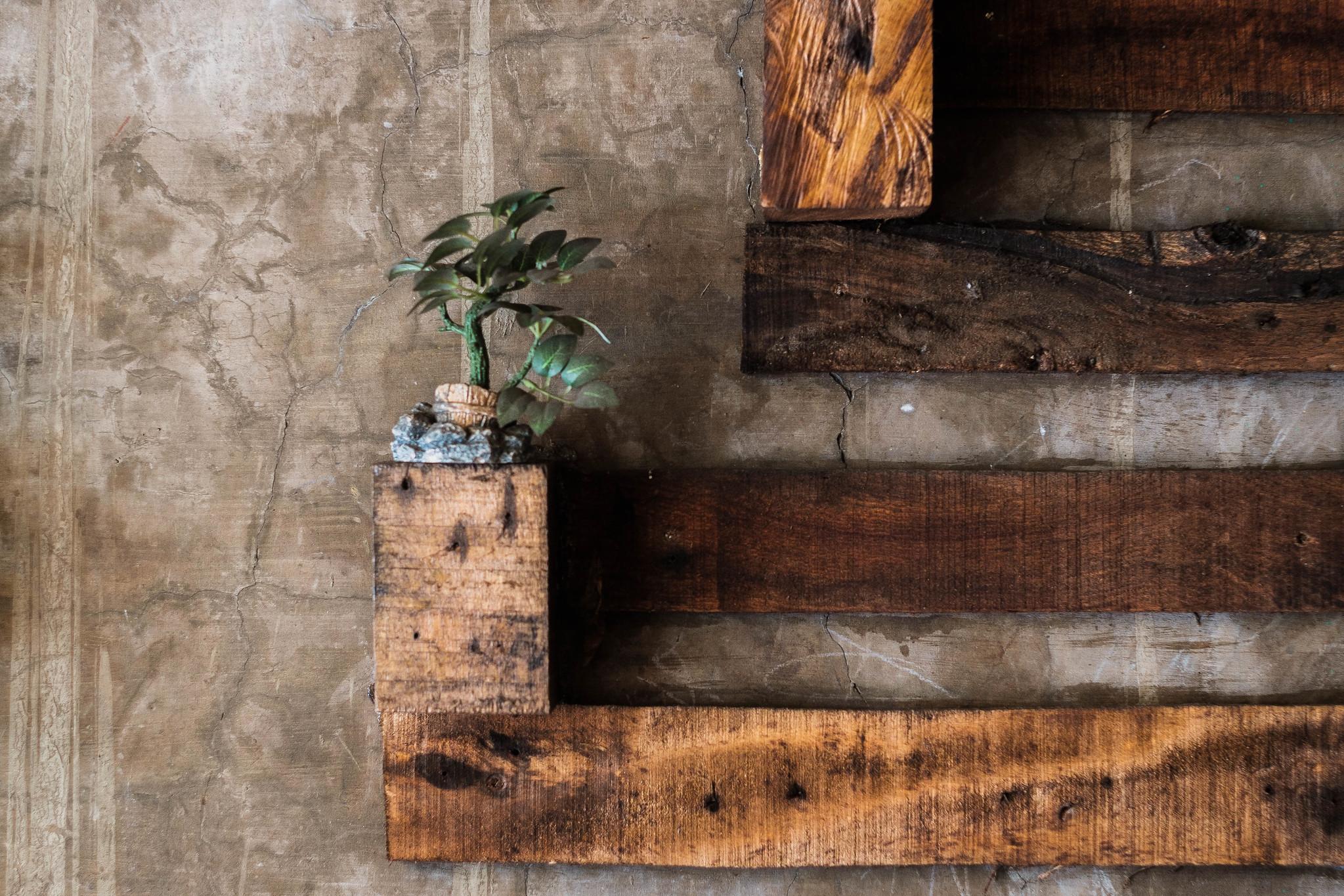
It is worth distinguishing between plaster for priming, finishing and protective. We are interested in finishing - it can imitate the surface of the stone, under the stencil to create a bizarre relief or look very textured. It should be noted that the application of any kind of decorative plaster requires special skill. In addition, quality material and the work of a master will require tangible costs. For rooms with high humidity should choose moisture-resistant types of plaster.
Tile and porcelain stoneware
Quite a controversial option for finishing, as it is not suitable for all types of rooms. It is difficult to imagine, for example, a bedroom that is finished with tiles. Predominantly this alternative is good for bathrooms, technical rooms and kitchens.
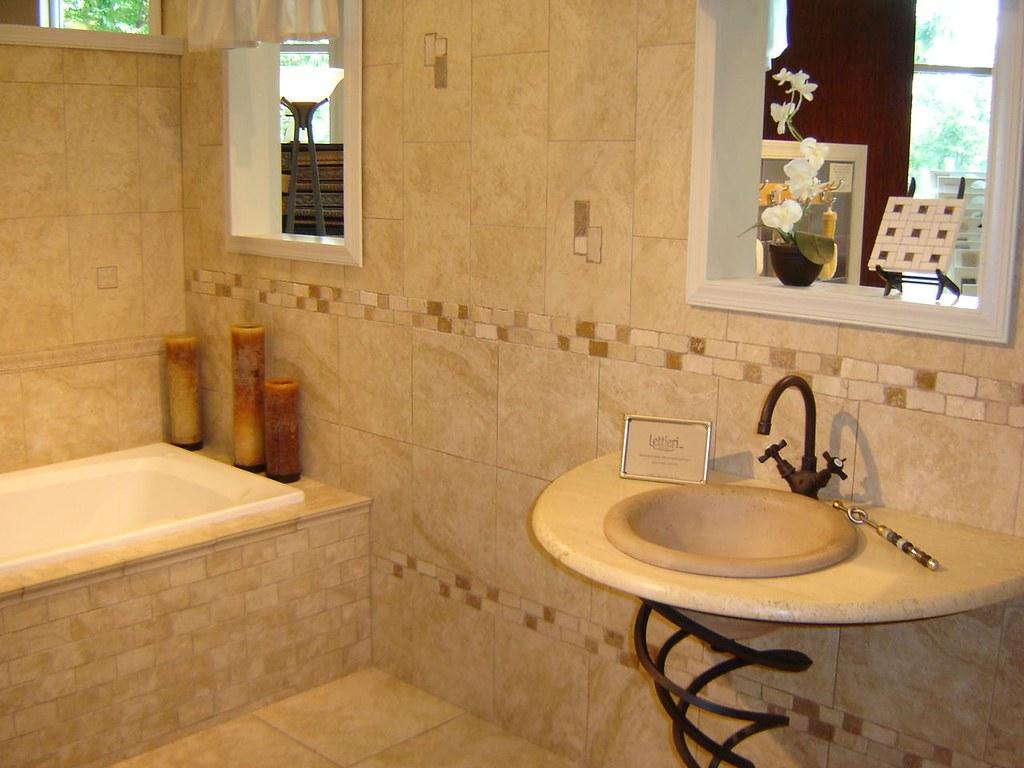
Tiles have a lot of advantages in a certain context:
- maximum moisture resistance;
- very high strength and durability;
- easy to clean;
- does not absorb odors at all (which is very good for kitchens);
- resistant to high and low temperatures, as well as to their fluctuations.
Laying tiles is not the easiest thing to do. It requires experience and certain skills, as well as special tools. It is worth noting and the fact that quickly put the tiles will not work - it will take some time. But the result will please for a very long time.
Stone or cork veneer
Veneer in the finish is a thin sheet of a certain material (base, usually wood), which is attached directly to the wall or with the help of a frame. Allows you to create the effect of finishing with a completely natural material, gives additional noise insulation and looks very aesthetically pleasing.
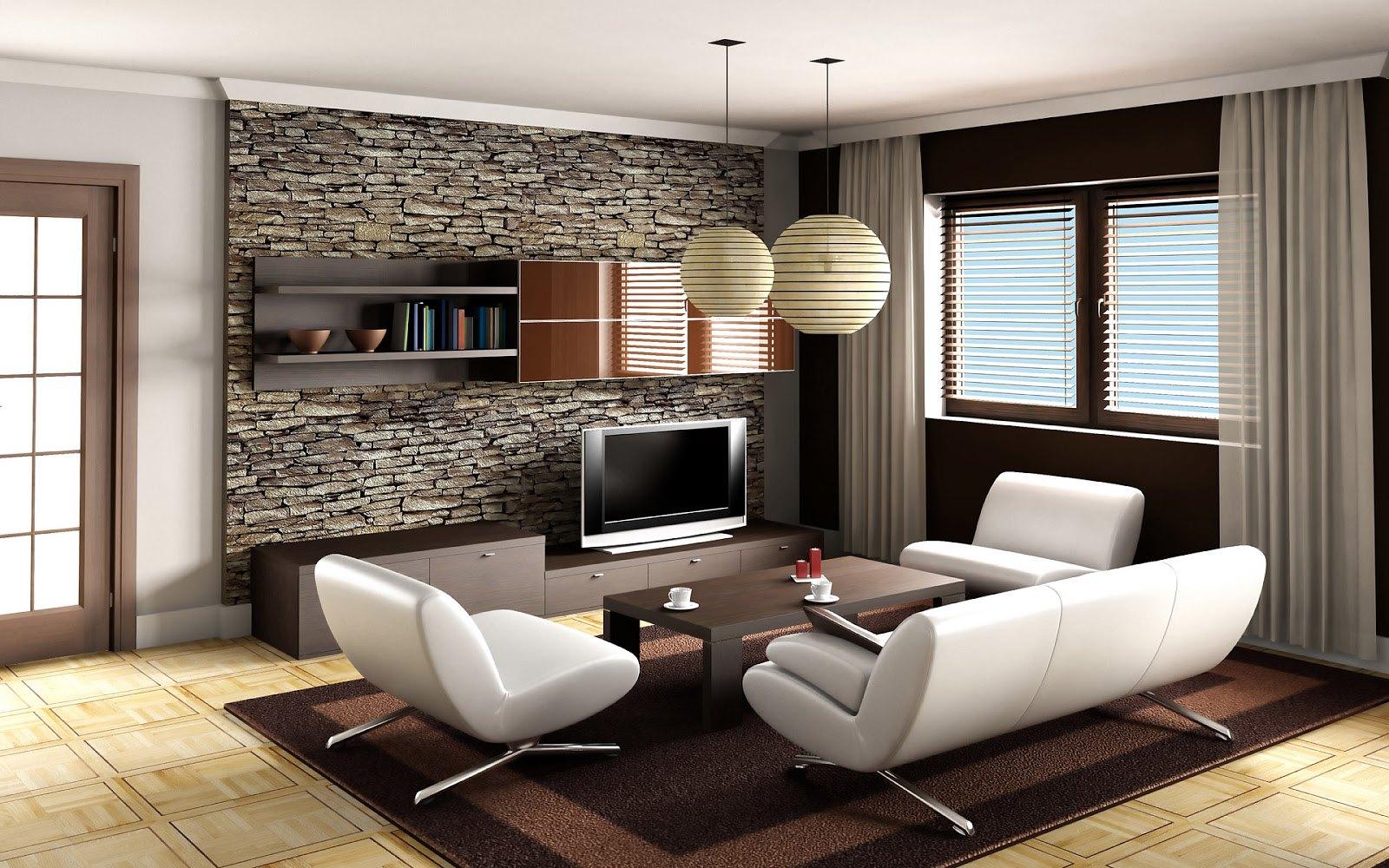
Stone veneer is a decorative sheet that imitates stone blocks. This kind is rarely used for full finishing, as a room completely "made of stone" looks cold. However, as part of the interior stone veneer is a great solution for many styles.
Cork veneer is an ecological and interesting type of finishing, which can be used for both full and partial covering of walls and floors. It creates excellent noise insulation, has good moisture resistance and is completely safe. From the minuses it is worth noting the instability to damage and high cost.
Hint: "cork" can be not only sheet, but also rolled, and even liquid.
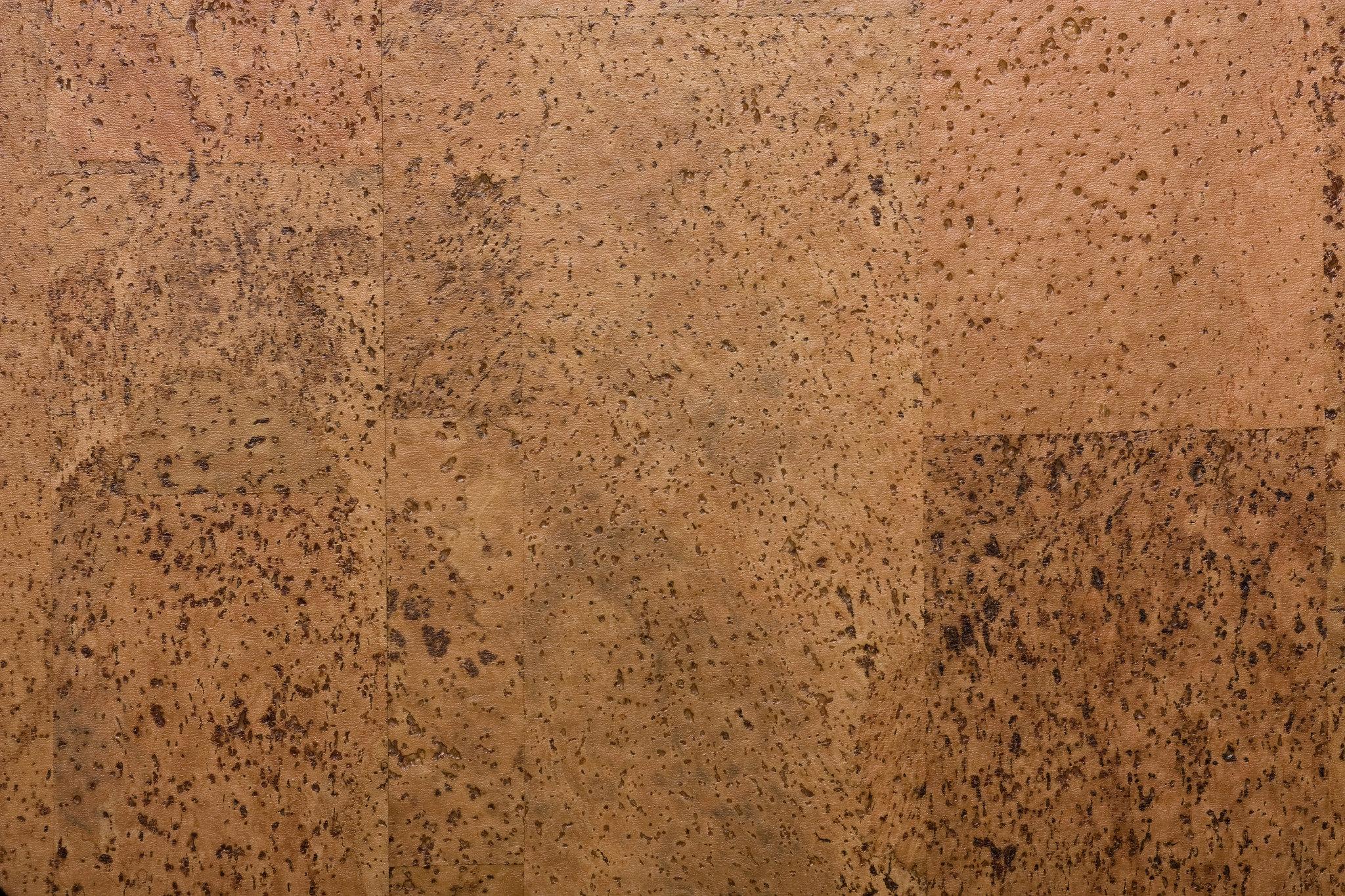
Installation of veneer is not so simple, so for repair work, most likely, you will have to hire specialists. It is also worth noting that the option with a frame will "eat" a few centimeters, which can be critical for small rooms.
Wooden finish
Wood is a great option for almost any room. It looks as aesthetically pleasing as possible, suitable for many styles, has a high environmental friendliness, "breathes" and contributes to the creation of a special atmosphere. Wooden wall decoration can be very diverse: from veneer, wagons and panels to bamboo canvas. The latter, by the way, looks quite exotic.
To avoid the formation of mold and interest from insects, the wooden material is carefully treated with safe and odorless substances. There are also types with a protective coating that prevents scratches and scuffs.
To the disadvantages of wall paneling with wood can be attributed the costliness and complexity of installation. In addition, there is little work with wood in Cyprus, so you will have to search carefully for specialists in this field. There is also a possibility that you will have to order materials from the mainland.
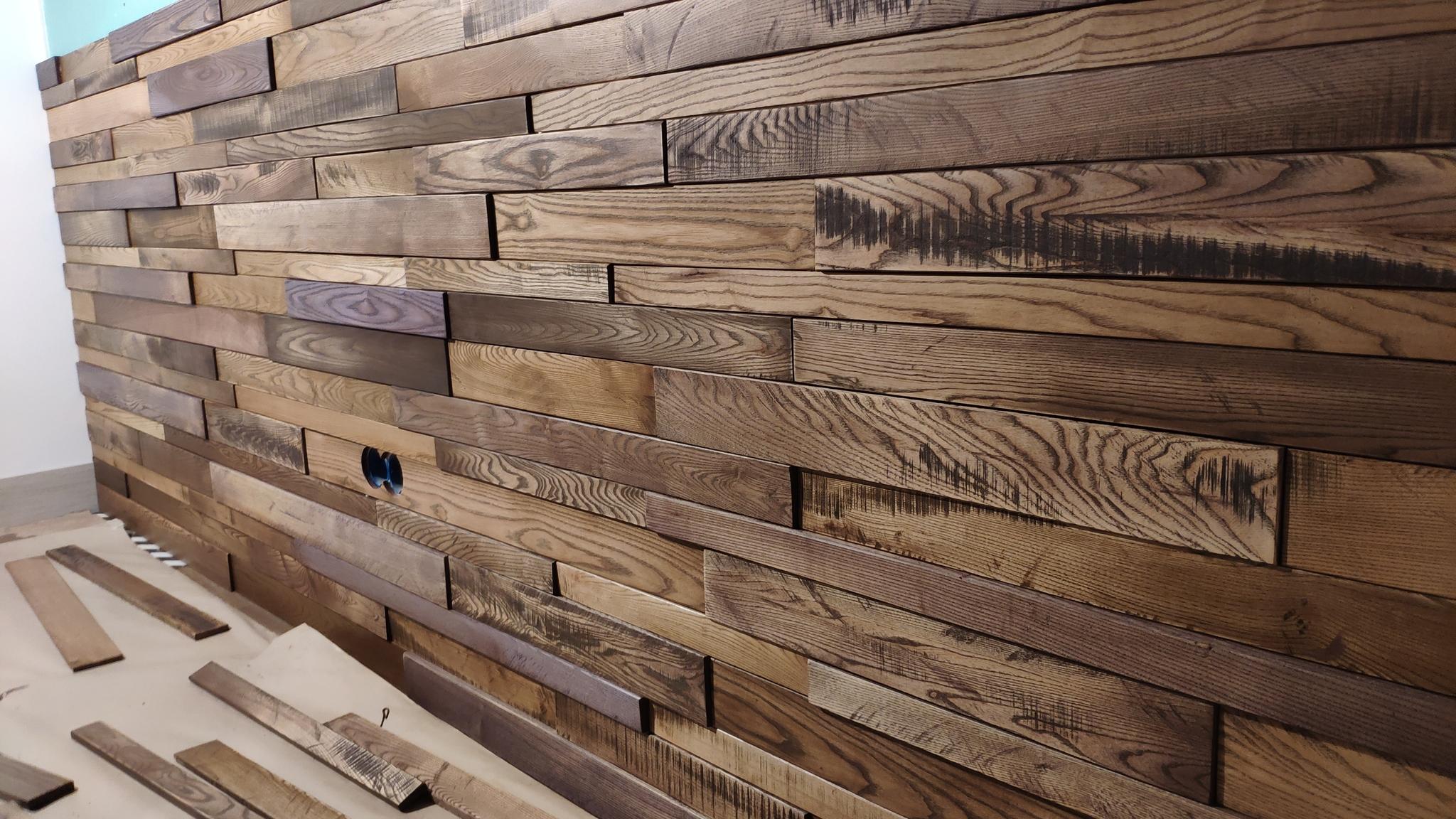
Interested in housing on the island? Check out DOM, the #1 real estate agency in Cyprus! The agency's website has the largest real estate database in the country - more than 30 thousand residential and commercial properties across the island. Select and contact professional brokers who will help you make the right choice!
Read also:

